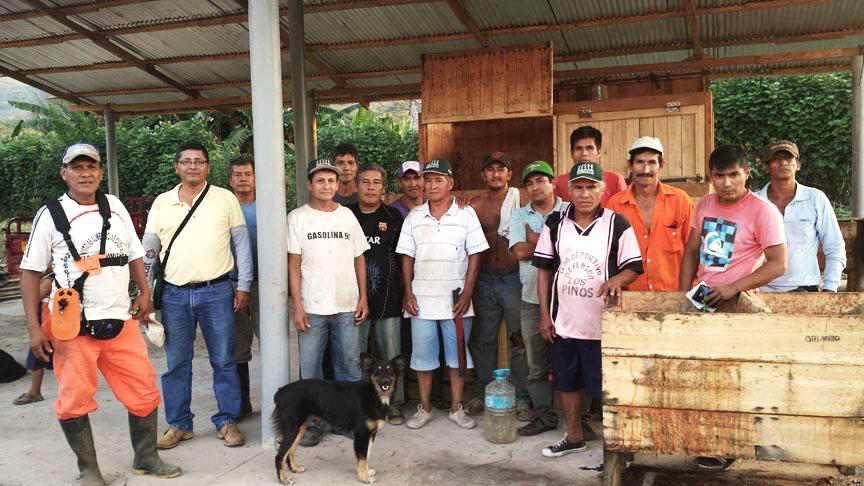Regeneration Hub Model
Core Hub Components
*A village-scale mini-factory to add value to farmers’ crops and produce other items rural farmers need. Incentivizes farmers to participate in the Hub model.
*A co-operative organizational structure that farmers must join to receive benefits provided by the Hub. Requires farmers to support ecological and gender goals.
*A diversified agroforestry design optimized for generating a mix of cash and subsistence crops. Provides both food and income security.
*Process that prioritizes gender considerations in community decision making. Delivers improved benefits/outcomes for women and girls.


Benefits from Scaling Hub Adoption
Accelerated ecological restoration & protection
– Excess profits invested in locally-led reforestation, and forest and wildlife protection.
– Transition to regenerative agroforestry offers climate mitigation and adaptation, reduces farmer risks, increase land asset values.
Economic and social benefits for forest communities
– Higher incomes, lower costs for farming families.
– Accèss to things rural families need (clean drinking water, sustainable energy)
– Greater empowerment of women and gender equality
– Greater food security for farm communities
A Replicable Model Designed for Scale
“Hubs incentivize farmers by producing goods they need for better incomes and improved quality of life.” Mary Johnson, Founder/CEO, Regenerative Farms, Inc.
Eco & Social Benefits
Hubs were designed to accelerate and scale restoration by increasing profits and well being from:
– higher prices from value added processing of raw goods & product diversification, access to new markets
– production of other valuable goods farmers need like clean drinking water, natural fertilizers & affordable clean energy.
– reduced input costs and time savings
Scalable & Replicable
Hubs are modular, made from off the shelf components and can be delivered to remote areas in 3 shipping containers. Hubs can serve 40 to 6000 families, helping:
– reduce crop loss by improved post harvest handling and ensure better crop quality/prices
– eliminate need for costly ag chemicals,
– cooperative member agreements include investment of proceeds to help fund reforestation, forest protection, schools, clinics.


